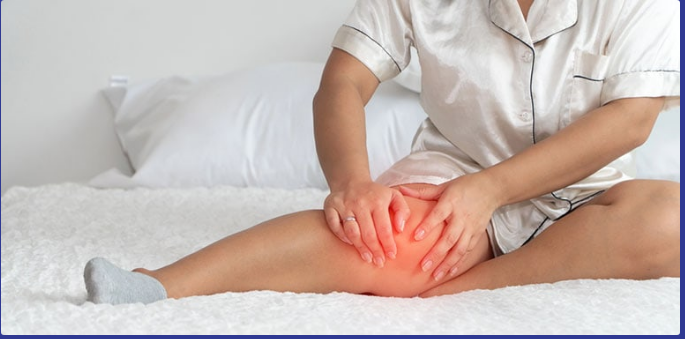
04 Aug Effect of Exercise on Restless and Periodic leg movements disorders
This 2019 review by Franco and colleagues examines whether regular physical exercise can help treat two common sleep-related movement disorders: Restless Legs Syndrome (RLS) and Periodic Limb Movements during Sleep (PLMS). These conditions involve repetitive or uncontrollable movements of the legs—usually during rest or sleep—that disrupt sleep quality and negatively impact daily life. Traditional treatments often involve medications, but these can have significant side effects. The authors explored whether exercise could serve as a safe, non-drug alternative.
What Did the Study Look At?
The authors reviewed 19 scientific studies that involved both humans and animals. These studies tested different kinds of exercise—including single sessions (acute) and long-term training (chronic)—to see how they affect symptoms of RLS and PLMS.
Key Findings
-
Short-term exercise: One session of aerobic exercise (like walking or cycling) was shown to reduce symptoms in some studies and help improve sleep for people with RLS.
-
Long-term exercise: Regular exercise—usually two or more sessions per week over several weeks—was more effective at reducing symptoms and improving sleep quality.
-
Ineffective programs: In contrast, less frequent or lower-intensity exercise (like a once-weekly tension-release program) didn’t show clear benefits, suggesting that frequency and intensity matter.
Most of the studies focused on aerobic exercise. A few combined aerobic and strength training, but no studies looked at strength training alone, highlighting a gap in the research.
How Might Exercise Help?
Exercise seems to work in a few important ways:
-
It may trigger the release of natural brain chemicals like endorphins, which help with pain relief and relaxation.
-
It may also improve dopamine function, a brain system involved in movement control and often linked to RLS.
These effects mirror how some medications for RLS and PLMS work—suggesting that exercise might act through similar biological pathways, but without the side effects.
Why Does This Matter?
Exercise is widely accessible, has many overall health benefits, and poses fewer risks than medication. The authors conclude that it’s a promising non-drug treatment for people with sleep-related movement disorders, especially for those who can’t or prefer not to use medication.
What’s Still Unknown?
There are still unanswered questions. For example:
-
What kind of exercise works best—walking, swimming, strength training?
-
How often and how long should people exercise to see benefits?
-
What time of day is most effective?
The authors call for more well-designed clinical studies to answer these questions and help develop clear guidelines.
Source:
Franco, B., Daubian-Nosé, P., De-Mello, M. T., & Esteves, A. M. (2019). Exercise as a favorable non-pharmacologic treatment to Sleep-Related Movement Disorders: a review. Sleep science (Sao Paulo, Brazil), 12(2), 116–121. https://doi.org/10.5935/1984-0063.20190064

